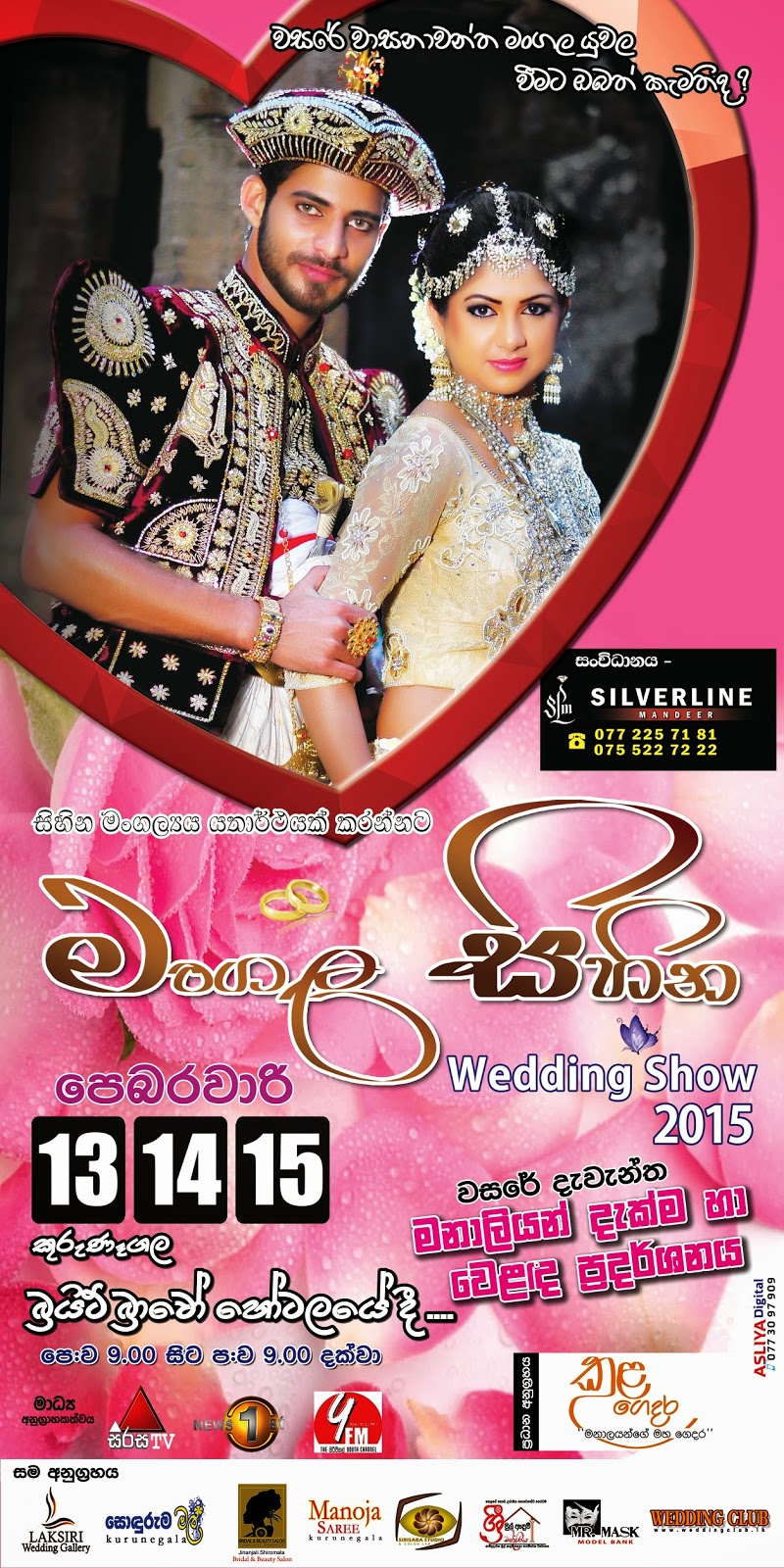The exact species for different orders remains not classified and documented. Walker on 1861, listed 2,007 species belongs to nine insect orders and Haly on one890 known 1,510 beetle species from Sri Lanka. However, when series several|of the many} publications from many foreign entomologists, 2 Sri Lankan entomologists, Salientia Wijesekara and D.P Wijesinghe exactly documented eleven,144 insect species belongs to thirty orders from Sri Lanka in 2003.
Hubbard and colleagues documented forty six species in eight families of order Ephemeroptera. Henneman in 2002 recorded sixty nine species so as Orthoptera. He conjointly collected few specimen of order Phasmatodea around central hills. sixty six species of order Blattaria area unit found, however not compartmentalization evidences. Few species of the order Mantodea were studies by Henry in 1931. Clear documentation of the species inside Dermaptera may be found, that was initiated by Burr (1901) and patterned (1972). inside the white ant taxon Isoptera, fifty six species recorded. In 1913, inexperienced compiled a pithy catalogue for isopterans in Sri Lanka.
Only four species of order Embiodea area unit recorded. within the order Corrodentia, 2 subfamilies studied. they're Epipsocidae and Pseudocaeciliidae. Informations of the species of the orders animal order, Neuroptera, Mecoptera, and animal order area unit only a few and additional studies area unit needed. solely the family Coniopterygidae of Neuroptera are studied in 1982.
Sri Lanka is thought to home for 794 species of Hemipterans. careful work of Sri Lankan hemipterans area unit recorded in book "Catalogue of order Hemiptera of Sri Lanka. Checklists on orders order Trichoptera and Strepsiptera area unit well documented, however recent work is required.
















































